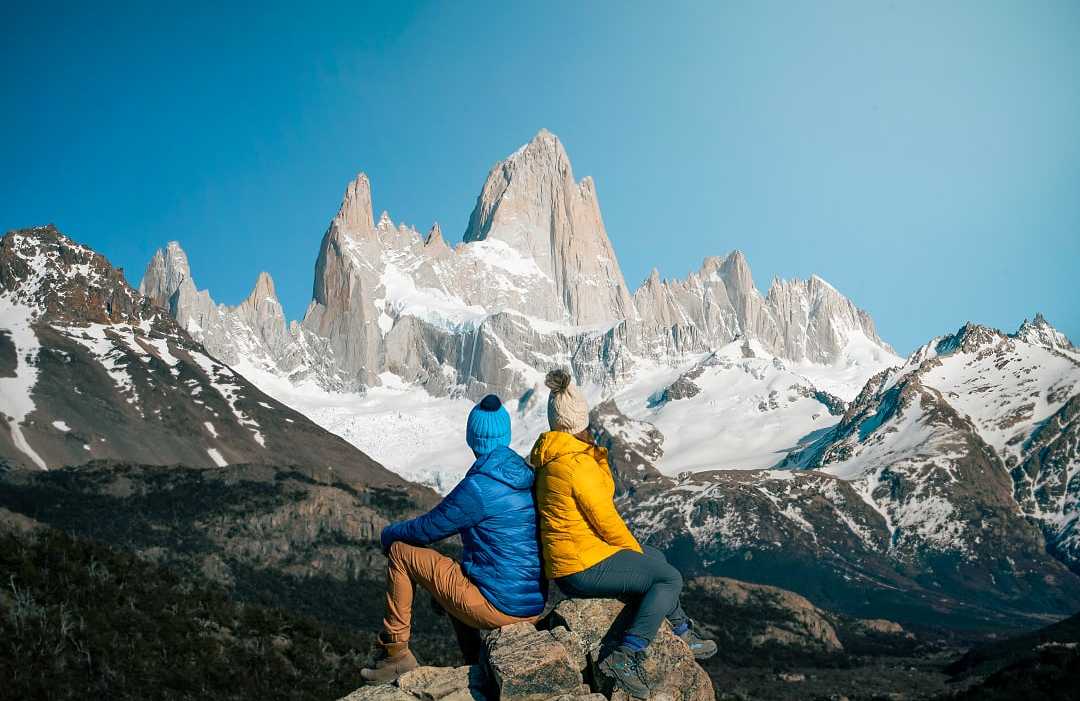Argentine and Chilean Patagonia share the majestic Andes Mountains as their backbone, creating a natural wonderland of glaciers, snow-capped peaks, and crystal-clear lakes. This mountainous terrain provides world-class hiking opportunities on both sides of the border, with each country boasting iconic national parks that attract trekkers from around the globe. Los Glaciares and Torres del Paine are prime examples, where similar flora, fauna, and geological features can be observed.
The two regions are united by their distinctive climate and weather patterns. They are characterized by unpredictable weather conditions that can shift dramatically within hours and long summer days that stretch from December to February. Chilean Patagonia experiences wetter conditions, particularly in the western fjord areas compared with the drier eastern regions of its Argentinian counterpart.
Both are home to similar wildlife species, including guanacos, Andean condors, pumas, and flamingos, while their waters harbor whales, seals, and penguins. While present in both regions, species like the endangered Huemul deer are primarily found in Chilean Patagonia.
The cultural heritage of both regions is deeply rooted in indigenous history, such as that of the Mapuche and Tehuelche, and European immigration, particularly from Wales, Germany, Switzerland, Croatia, and Germany. This shared historical backdrop has created similar cultural traditions, including the prominence of sheep farming, the importance of mate tea drinking, and the celebration of gaucho culture, though each country maintains unique interpretations and customs.


















